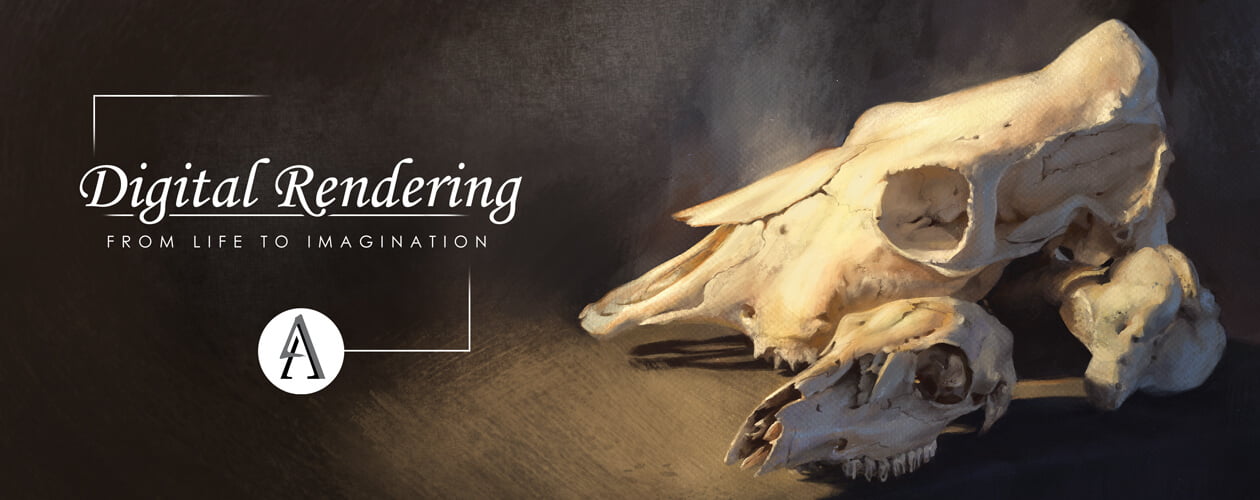
This course takes students through the foundational concepts of texture and lighting. It is taught with digital artists in mind; however, the principles discussed in this course are beneficial across any medium. The course begins with the basics of chiaroscuro and the relationship of light and shadow before advancing into more complicated lighting situations such as reflection and refraction. The knowledge presented in this course will be most beneficial to artists such as illustrators, concept artists, or painters looking to get more realism in their work.
Course Instructor
Weekly Livestreams
Each week, a one-hour livestream with your instructor will be scheduled so you can ask any questions you may have and get feedback in real-time.
Lifetime Access
All pre-recorded lectures and recorded livestreams will be available to you forever so you can review lessons even after the course ends.
Certificate
Completing this course at a Professional or Advanced Level will act as credit toward a certificate in the corresponding Program Area.
Course Outline
Module 1 | Getting Familiar with the Digital Environment
Working digitally can save time and energy, but it can have some pitfalls. To start on the right foot with digital painting, we’ve included lessons including the best practices for using digital brushes, general workflow, and what to look for in good reference photos.
Module 2 | The Basics of Shape and Form
Shape and form often work together to produce interesting results in our paintings. Understanding how they relate is vital for any artist looking to build their knowledge of structure and composition. In this module, students will learn how form and shape work together, how to construct each of the forms, and how to measure proportions of form in life by using shape.
Module 3 | Understanding Light and Value
To get the most out of form, we must understand how light interacts with it. If we are wanting a sense of believability in our renderings, we need to learn to capture the personality of light on canvas. This module takes you through the basics of light and dives into the various ways that light will interact with a surface.
Module 4 | Understanding Color
Color can be very fun to work with but also presents a challenge. In this module, you will learn the basics of additive and subtractive color and learn how to harmonize colors under a single light source using a gamut.
Module 5 | Basics of Reflection
All light reflects but the way it is reflected depends on the nature of the surface reflecting the light. This module breaks down the various ways light is reflected or absorbed so students are better equipped to paint a variety of different materials.
Module 6 | Characteristics of Reflection
Some materials allow light to pass through them in various ways and this can create an additional level of complexity when rendering. Not only does this module go even deeper into the nature of reflection, but it also introduces concepts such as refraction and subsurface scattering.
Module 7 | Rendering from Life
In this module, students will be introduced to methods for professionally organizing forms in composition and will be taken through the process of completing a digital rendering from beginning to end.
Module 8 | Rendering from Imagination
In this module, students will apply the knowledge gained throughout the course and apply it to an imaginative painting.